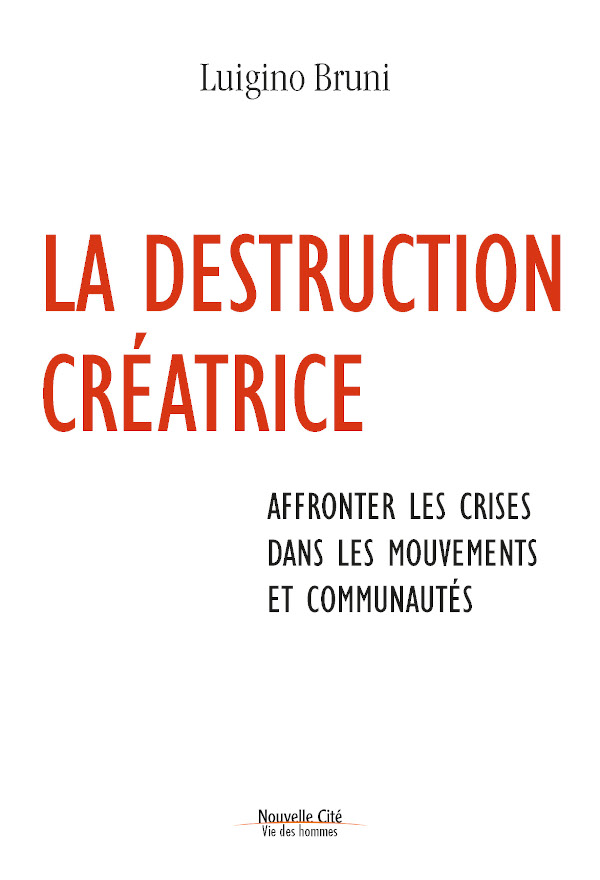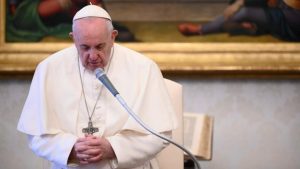
The news can seem gloomy or even hopeless if we see only crises where everything would disappear, while in their crossing, there are glimmers of hope and renewal. In the teeming landscape of publishing, a book with an evocative and completely original title published at the beginning of 2021, is the emblematic example, to face the crises in the movements and the communities, but the interest of this book goes beyond this frame. Its title is The creative destruction of Luigino Bruni *.
Luigino Bruni is a professor of economics, and he was for years a close collaborator of Chira Lubich, the founder of the Focolare movement. Luigino Bruni draws both from this personal experience and also from his work on the Bible, which can inspire a “grammar of crises”. In addition, his expertise as an economist is interested in management, human relations and organizational theory. According to him, at 98%, religious organizations resemble non-religious organizations: the crises in religious organizations are due to this 98% or to 2%, or sometimes to both types of organization.
I draw many lessons from the twenty or so themes that are treated and that it would be impossible to summarize in a few words. Regarding the experience within charismatic communities or religious organizations in general, I would stress the importance of distinguishing between the ideal community and the ideal of the community. Indeed, there is always a gap between the two, between “the ideal reality” and “the ideal of reality”. This gap is not a failure in itself. On the contrary, this gap is inherent in our human condition, marked by limits and imperfection, and driven by the never-fulfilled quest for an ideal.
In our human condition confronted with the limit, Luigino Bruni also evokes the experience of vulnerability, the capacity to be altered by the other. It invites respect for all people but also the possibility of being hurt in the relationships between us, while keeping the moral imperative and the sense of justice.
Another aspect very well highlighted by Luigino Bruni is fraternity: the first crisis in ecclesial movements or organizations is that of fraternity when, because of the charism carried by the founder or the responsibility of those in charge, one begins to insinuate privileges which, little by little, become royal courts, when the founder, officials or clerics are made idols. The castes are multiplying. The brotherhood is in crisis.
Luigino Bruni also stress the importance of setting up spaces of freedom and creativity with the encouragement of difference, not only as a right but also as a necessity: no to a loss of “spiritual biodiversity”. Plurality within communities is necessary to make the ideal live in the diversity of charisms and vocations, to arouse creativity but also criticism and resistance in the face of hegemonic temptations.
Finally, the author draws inspiration from the Bible, for example from the prophet Jeremiah and the experience of exile. Israel then understood who God was, without a Temple, and also the fact that one can pray outside one’s homeland. God can be true, even if he has lost, on the contrary as the Cross shows. We always want to be successful, whereas the truth coincides neither with numbers nor with success.
* Luigino Bruni (2021). Creative destruction. Addressing crises in movements and communities. New City Editions.






